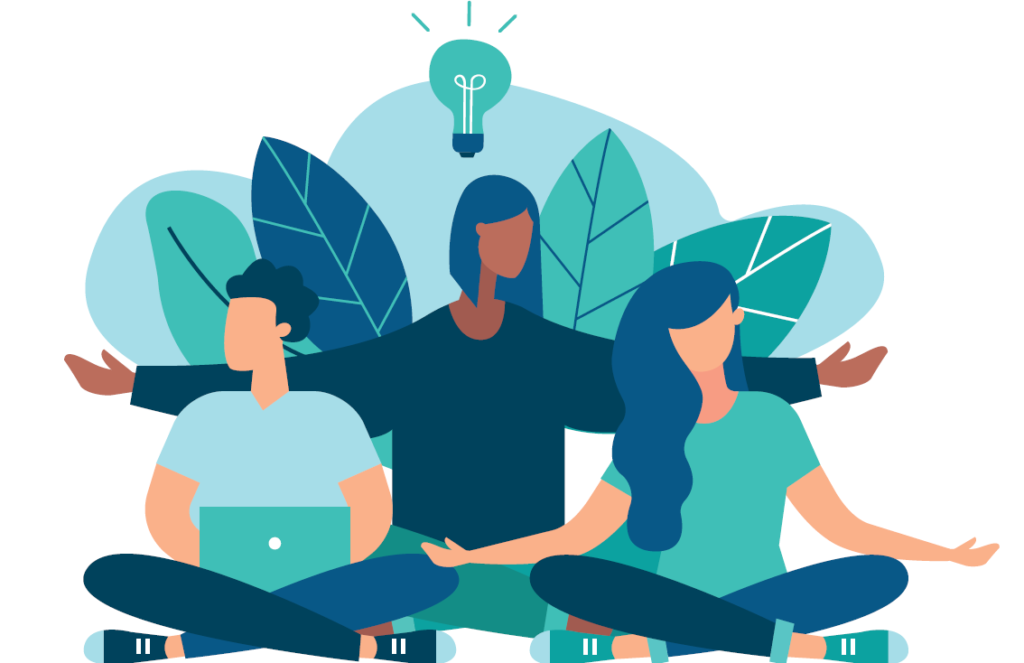What is mindfulness?
Mindfulness is the basic human ability to be fully present, aware of where we are and what we’re doing, and not overly reactive or overwhelmed by what’s going on around us.
While mindfulness is something we all naturally possess, it’s more readily available to us when we practice on a daily basis.
Whenever you bring awareness to what you’re directly experiencing via your senses or to your state of mind via your thoughts and emotions, you’re being mindful. And there’s growing research showing that when you train your brain to be mindful, you’re actually remodeling the physical structure of your brain.
The goal of mindfulness is to awaken the inner workings of our mental, emotional, and physical processes.
What is meditation?
Meditation is exploring. It’s not a fixed destination. Your head doesn’t become vacuumed free of thought, utterly undistracted. It’s a special place where each and every moment is momentous. When we meditate, we venture into the workings of our minds: our sensations (air blowing on our skin or a harsh smell wafting into the room), our emotions (love this, hate that, crave this, loathe that), and our thoughts (wouldn’t it be weird to see an elephant playing the trumpet)
Mindfulness meditation asks us to suspend judgment and unleash our natural curiosity about the workings of the mind, approaching our experience with warmth and kindness, to ourselves and others.
How do I practice mindfulness and meditation?
Mindfulness is available to us in every moment, whether through meditations and body scans or mindful moment practices like taking time to pause and breathe when the phone rings instead of rushing to answer it.
Mindfulness Meditation is a mental training practice that teaches you to slow down racing thoughts, let go of negativity, and calm both your mind and body. It combines meditation with the practice of mindfulness, which can be defined as a mental state that involves being fully focused on “the now” so you can acknowledge and accept your thoughts, feelings, and sensations without judgment.
Techniques can vary, but in general, mindfulness meditation involves deep breathing and awareness of the body and mind. Practicing mindfulness meditation doesn’t require props or preparation (no need for candles, essential oils, or mantras, unless you enjoy them). To get started, all you need is a comfortable place to sit, three to five minutes of free time, and a judgment-free mindset.
